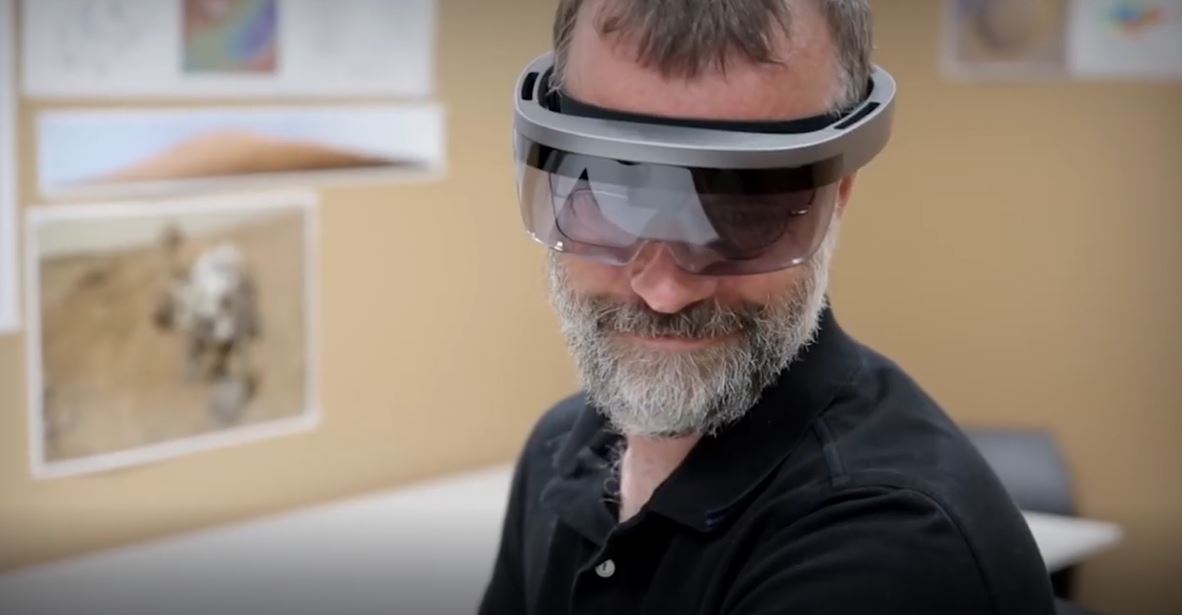New patent suggests Microsoft has found a cheap and clever way to do eye tracking
2 min. read
Published on
Read our disclosure page to find out how can you help MSPoweruser sustain the editorial team Read more

We posted recently that Microsoft is nearly certain to include eye tracking in the next version of the Microsoft HoloLens, expected to be unveiled in the next few days, due to the massive advantages it brings to improving the field of view and immersion.
Today another patent has popped up suggesting Microsoft may be able to do this using a minimal amount of added hardware, and reusing many existing components of the headset.
The patent for “EYE-TRACKING WITH MEMS SCANNING AND REFLECTED LIGHT” was applied for in August 2017 and published only a few days ago, and in it the inventors propose that eye tracking could be accomplished by shining infra-red light (with scanning introduced using MEMS mirrors) down the same waveguides as used for the visible light and then have detectors at the same end processing the reflections from your cornea to determine which way you are looking.
The inventors write:
One potential advantage of the configuration of FIG. 2A is that the MEMS system used to create the display for the user may also provide eye-tracking with only a few additional components including an IR source. An additional advantage is that IR light may be directed toward the eye on-axis with the visible light, thus providing an abundant amount of light to the eye that facilitates reflecting and receiving light for optimal eye-tracking.
As detailed herein, an eye-tracking system is provided with many advantages for solving the aforementioned problems in HMD design. Bulk and weight may be reduced by implementing a system that packages visible light for the display with IR light for eye-tracking upstream of the respective light paths. Utilizing some of the existing components and architecture of the display device to produce, direct, and receive IR light for eye-tracking may better the overall design of the device. For example, the partial reuse of light in the light engine as described herein may reduce size, weight, and cost of the device.
As a Microsoft engineer noted in an earlier presentation, eye tracking is at the centre of many possible improvements to Augmented Reality.
Microsoft is expected to announce the long-awaited HoloLens V2 at Mobile World Congress 2019 on the 24th February, meaning we should know pretty soon if Microsoft managed to use these ideas to create the next big thing in Mixed Reality.
See Microsoft’s HoloLens 2 teaser video below:









User forum
0 messages